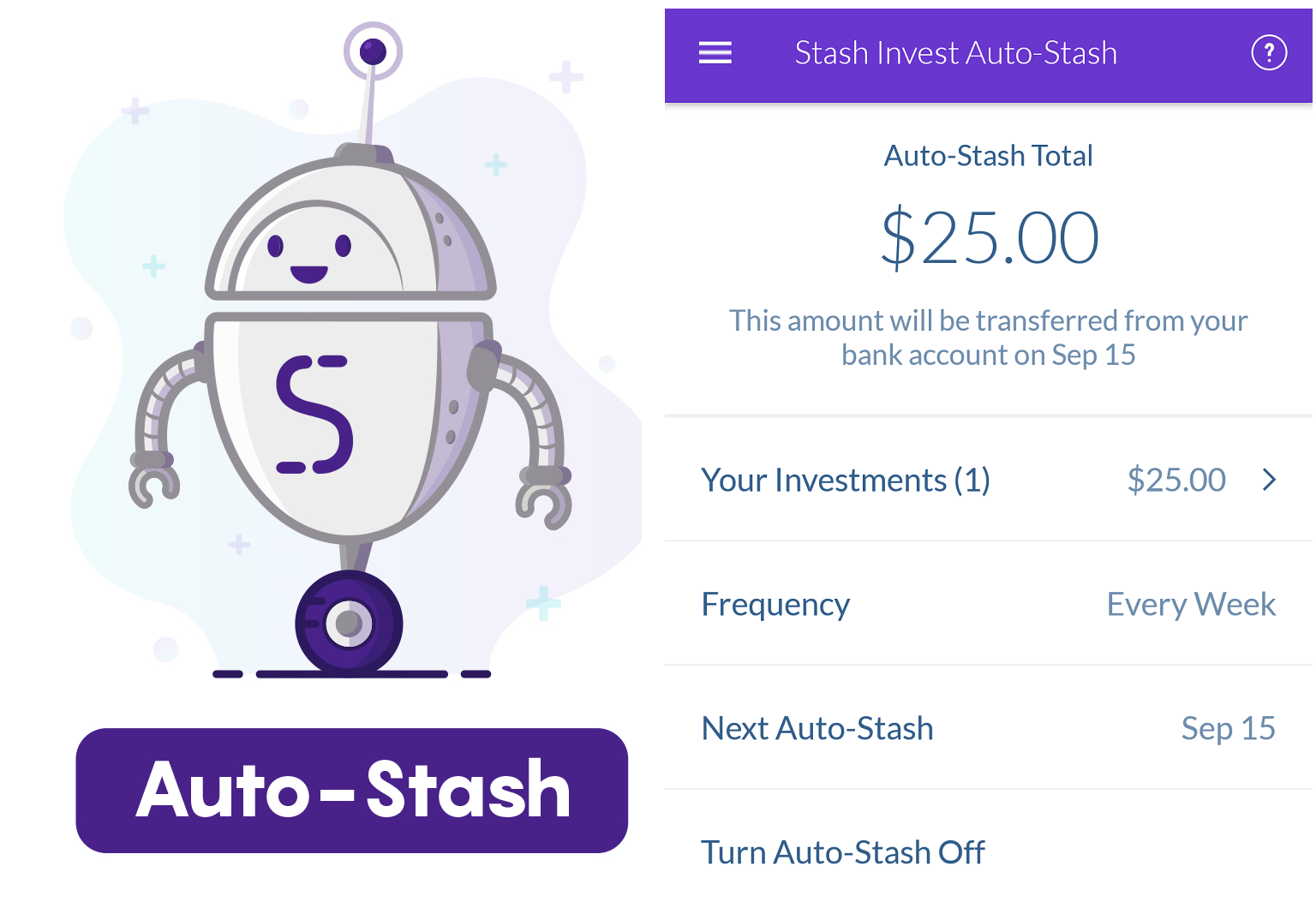Oct 24, 2017
The 5 Biggest Stock Market Myths

When it comes to investing in the stock market, there are a lot of misconceptions. Hollywood films where people lose millions in a day, bad advice from the not-so-knowledgeable, and lack of information can spook people into believing that the market is just a place where people go to lose their money.
Investing in the stock market is not a winner take all, must-be-a-millionaire, risk-taking endeavor. Investing is for everyone — you just need to be able to separate myth from the truth of what it all really means and the risks involved.
Below, we explain what the stock market is and five of the myths that could keep you on the sidelines:
What is the stock market?
The stock market, in its most essential form, is where people exchange their money or “cash” with people who own fractions of business or a company. People who invest in the stock market want to benefit from the growth of sales and profits of a business. Stock investors can be rewarded if the business grows in sales and profitability. At the same time, they can lose money if the company fails to grow or generates losses.
There are literally thousands of businesses in the stock market. You can invest in a vast array of companies within many industries. Some examples include renewable energy, oil, retail, defense, restaurants, and airlines. If a company is publicly traded, that means you can purchase stock in it. There is probably a company in the stock market for any industry you can imagine.
Many of the companies you interact on a daily basis are listed in a major stock exchange such as the NASDAQ. Apple, McDonalds, Google, Facebook, Walmart, Exxon, Starbucks, Michael Kors, Nike, and thousands more are some of the companies available in the stock market. You become a fractional owner of that company when you purchase their stock.
The value of a company depends in the profits and sales it will generate in the future. Companies like Amazon, Apple, and Walmart have grown steadily over time. Not all companies fare as well. A business can also fail to grow revenue and profit and generate losses; remember Blockbuster, Pets.com or Kodak?
Myth #1: Investing is like gambling
Many people, especially the non-finance savvy, shy away from investing in the stock market because they believe investing in stocks is like gambling. But the two couldn’t be more different.
Gambling means you take a risky action with your money in the hope of a quick and easy result, usually with odds against your favor.
Ask anyone familiar with gambling and they’ll say “the house always wins.” Since casinos are in the business of making money for themselves that means you have to lose. Check out the odds when it comes to betting on games at casinos and you’ll see why casinos are pretty confident they have the upper hand.
If you bet $1,000 that the roulette wheel hits your lucky number, you’ve got one shot at cashing in. Your odds? 35 to one. That’s a risky bet. And it’s pretty likely you’ll walk away from the casino with less money than when you walked in.
Investing involves a certain amount of risk. But by building a diversified portfolio with stocks, bonds and holding from multiple sectors (tech, energy, blue chips), you’re balancing out your risk. In other words you’re not “betting” it all on one investment. If one investment goes down in value, you’ll have other investments that may hold steady.
If you have a diversified portfolio, then you’ll be more protected if a certain sector or company gets hit with bad news. For example: The value of bonds often goes up when the price of stocks goes down. That’s why people keep a mix of stocks and bonds. Or if the tech sector suffers a setback, your stocks in healthcare or energy may not be affected.
Gambling on the other hand is simply a game of chance. Sure, there you can try to beat the odds but on the whole, they’re not in your favor.
Myth #2: The stock market is only for people who work on Wall Street.
Investing in the stock market is for everyone. Sure, the men and women who work on Wall Street have built careers out of investing and are more involved into the intricate mechanics of how it works. But this doesn’t mean that they’re the only ones with the knowledge to invest. After all, a big investment bank with billions of dollars in assets is likely to have have different goals than you.
If your end goal is putting your cash to work in the hope to build a better saving nest for your future, there’s no reason why you shouldn’t feel confident investing in the stock market. The Stash app, is one way you can start investing and learn how investing works along the way. Stash is currently giving new customers a $5 credit to start investing by just subscribing here.
Myth #3: I’m too young to care about investing in the Stock Market
The longer you wait on investing the more likely you are to miss out on the power of compounding. Did you know you would have more money by investing $100 a month for 20 years than $200 a month for 10 years assuming an interest rate of 5%? This happens because of the power of compounding.
But what is compound interest, anyway? And why is it so great?
Albert Einstein is often credited with saying, “Compound interest is the eighth wonder of the world; he who understands it, earns it; he who doesn’t pays it.”
Compound interest is a mathematical calculation that shows the rate at which the value of your investment changes. What makes the concept of compound interest powerful, however, is the combination of time and steady monthly investments.
For example, if you invest $100 per month, you can see in the table below how your money could grow exponentially over a period of 30 years, assuming a rate of return of 8%.

Source: Bankrate.com
Note: This calculation assumes monthly compounding.
We choose 8% as the rate of return to show a simplistic approach given the long-term average rate of return for the U.S. stock market has been 8.8% since 1995 according to dividend.com’s calculator.
We understand you might want to invest, but have no idea where. At Stash, we guide you with recommendations based on your risk profile and goals. After answering a few questions in our app, you can figure out what is the most suitable approach for you, while you learn as you go.
Myth #4: I need lots of money to start investing.
We’ll give you credit on this one. Up until fairly recently, brokerage and investment financial service companies had to charge high fees in order to run a profitable business. For most investors, the only way to invest in the stock market back then was by calling your personal stock broker to place stock trades for you.

This is no longer the case. Technology has helped investors and the overall financial services industry to become more efficient and competitive. This has allowed new companies to emerge offering services many years ago would be unthinkable. Investors now can start investing in stock market with just a few clicks. For instance, at Stash, you can start investing in the stock market directly from your smartphone with only a minimum of $5. You don’t need large sums of money to begin investing. Stash allows you to purchase fractional shares (what it sounds like, small slices of shares) so you can open an account with $5 and begin investing.
Start small and add more money when you can. Start with $5 a week and then add more, $10, $15, $20 a week. Being consistent over time is a better strategy than waiting for the day when you have a lump sum to invest.
Myth #5: The market is too high, I should just wait for the next crisis to buy low and sell high
As Stash CEO Brandon Kreig says, “It’s All About Time in the Market, Not Timing the Market.”
Long-term investors shouldn’t be concerned with timing the market. No one can predict exactly what the market will do tomorrow or next week. In fact, if an investment professional tries to sell you on a magic formula to crack the market, we recommend contacting the U.S. Securities and Exchange Commission immediately.
No matter if the market is going up or down, the way to approach this effectively is by buying small amounts of your investments on a regular basis. This is called dollar-cost averaging and it works by allowing investors ease into the market, helping them to diversifying the price they are paying for an investment. This is an strategy that allows investors to pick up more shares when prices are lower and fewer shares when prices are higher.
Applying this strategy helps investors forget about figuring out the best time to enter the market, and helps them to have the opportunity to not seat on the sidelines waiting for the right move.
Auto-Stash, available exclusively on Stash, is a tool that helps investors mitigate the fear of investing at the wrong time. It automatically pulls money from your bank account to invest it in the market. You can decide if you want money to be invested weekly, bi-weekly or monthly; a good strategy if you want to start investing but are too worried about finding the right moment to start.
Key takeaways: It’s not about how much money you have or how much money you can invest. It’s all about being consistent, putting in small amounts of money over time and thinking about long-term goals, rather than quick wins.
Want to know more about Stash?
See what some of the biggest financial publishers are saying about us.
- Is It Safe to Get Excited About Investing Again? By Bloomberg News
- How to get started investing…for $5 by CNN Money
- Stash raises $40 million Series C to make Investing more approachable by Techcrunch
- How $5 and the Stash App Turned Me Into an Investor by Kiplinger
Related Articles

15 Largest AI Companies in 2024

The 12 Largest Cannabis Companies in 2024

What Is a Traditional IRA?

Saving vs. Investing: 2 Ways to Reach Your Financial Goals

How To Invest in the S&P 500: A Beginner’s Guide for 2024

Stock Market Holidays 2024





